
Shapeways Shop owners Joris and Maurice of RailNScale share some advice on preparing and painting miniature models. This is an an abridged version of their tutorial found here.
Although 3D-print models do not differ so much from ‘ordinary’ kits, its rich details and material may cause surprises.
1. Check the model
Are all parts apparent and do the parts fit together properly? Please contact Shapeways (service@shapeways.com) when the kit is incomplete or damaged.
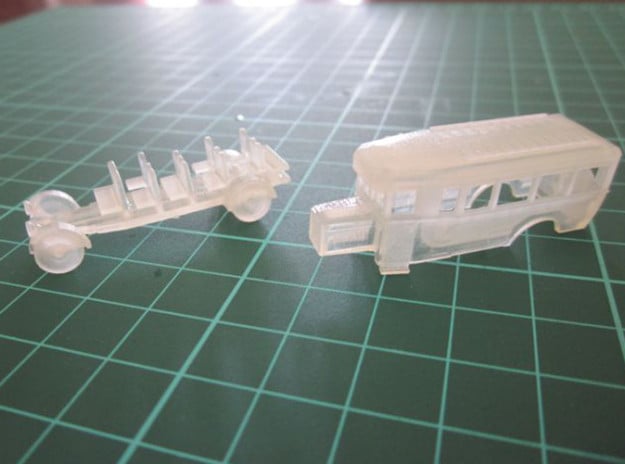
2. Clean the model thoroughly
The 3D-print models will feel a bit greasy. In this condition the paint won’t attach properly. Therefore clean the parts thoroughly with dish washing liquid. Use warm water (max 70ºC/max 158ºF)). Let the parts soak for quite some time (3 – 6 hours). Meanwhile the water will turn cloudy. That’s the wax. Repeat this procedure if needed. In the end the the kit won’t feel greasy anymore and show an almost complete white colour. It is of utmost importance that the models are properly degreased – otherwise the paint will not stick! Small remainders can be removed with a swab or toothpick.
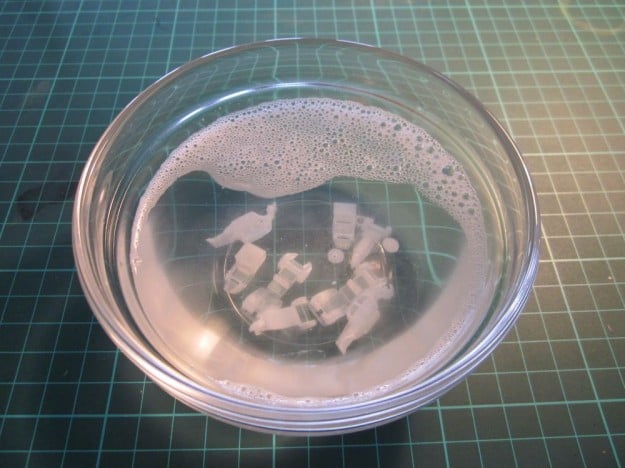

A better alternative is to use a hydrosonic cleaning machine. It is also possible to clean the models in acetone (max. 5 minutes). Please clean the model afterwards with water.
3. Polish if needed
If needed the kit can be polished gently with fine sand paper 400. Small bumps can also be polished with toothpaste and toothbrush.Please mind that you do not rub away the fine details.
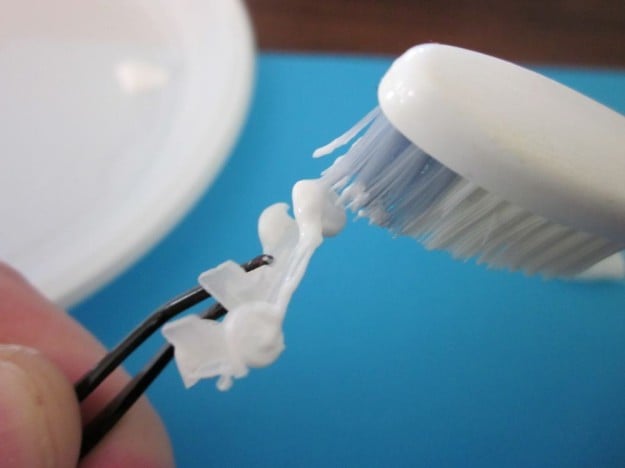
4. General painting tips
The ordinary model kit paints can be used. Mix the paint properly. Apply only a thin layer of paint and let it dry for 6 hours. It is better to apply several thin layers of paint rather than one fat layer. It is best to dilute darker colours. Always start painting the deeper surfaces. The chassis can preferably be painted with heavily diluted matte paint first. The paint will creep in the deeper surfaces.
Usage of gloss paint should be avoided. Satin and matte paints will improve the looks of your kit.
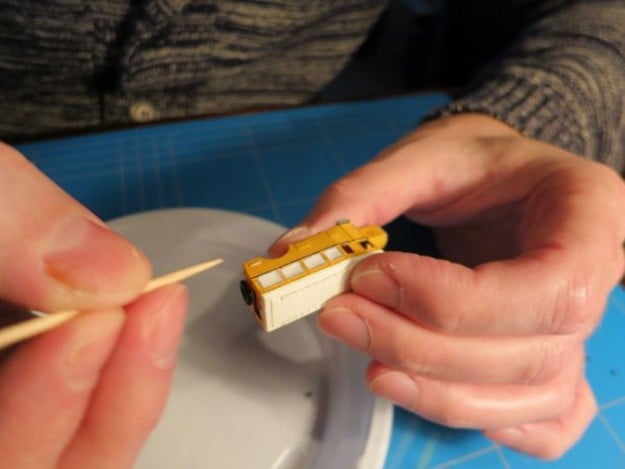
5. Specific painting tips
If desired the interior can be painted too. Please mind that the material is semi-transparant. which means that the interior colour will be visible on the exterior too.Therefore apply the exterior colour first on the interior side. The second layer should be the final interior paint.
To improve the looks it is advised to paint the inner and ridges of the pillars in a dark grey or brown paint. This will make the pillars appear much slimmer.
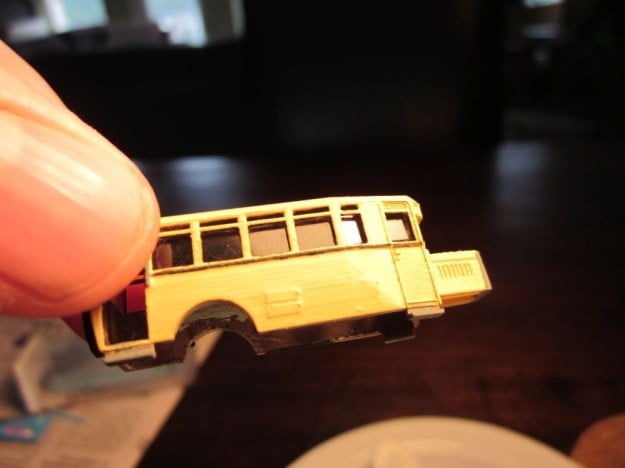
The final step is painting details such as lamps, bumpers, striping, licence plates, etc.



Thanks for the research, this article helps hugely. Especially the cleaning and prepping FUD.